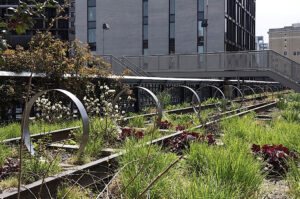
The Trans-Arabian Pipeline Company was founded in 1946 and constructed a 1213 kilometer long pipeline in order to transport oil from Saudi Arabia to the Mediterranean sea. This pipeline was a witness to multiple socio economic and geopolitical crises in the Middle East: the exodus of Palestinians in 1948, the Suez crisis in 1956, the Six-Day War in 1967, and the Jom-Kippur War in 1973. The company collapsed in 1982, yet the pipeline is still to this day the only physical object that crosses all the borders between Saudi Arabia, Jordan, Syria, Golan and Libanon.
The artistic work Steel Rings shows multiple sections of the decommissioned Trans-Arabian pipeline. Sculptures made from the same material at a scale of 1:1 represent one kilometer of the original. The sections are marked with the coordinates of the actual placement on the pipeline, for instance in Steyregg a 20 meter long section is modeled off of the section of the pipeline that passes through the Golan Heights.
Impressions
CV
Based on personal experience and research, the Lebanese-American artist Rayyane Tabet explores how individual narratives allow for an alternative understanding of important socio-political events. Informed by his education in architecture and sculpture, he investigates paradoxes of our built environments and their history. He creates artistic installations to re-create the perception of physical and temporal distance.